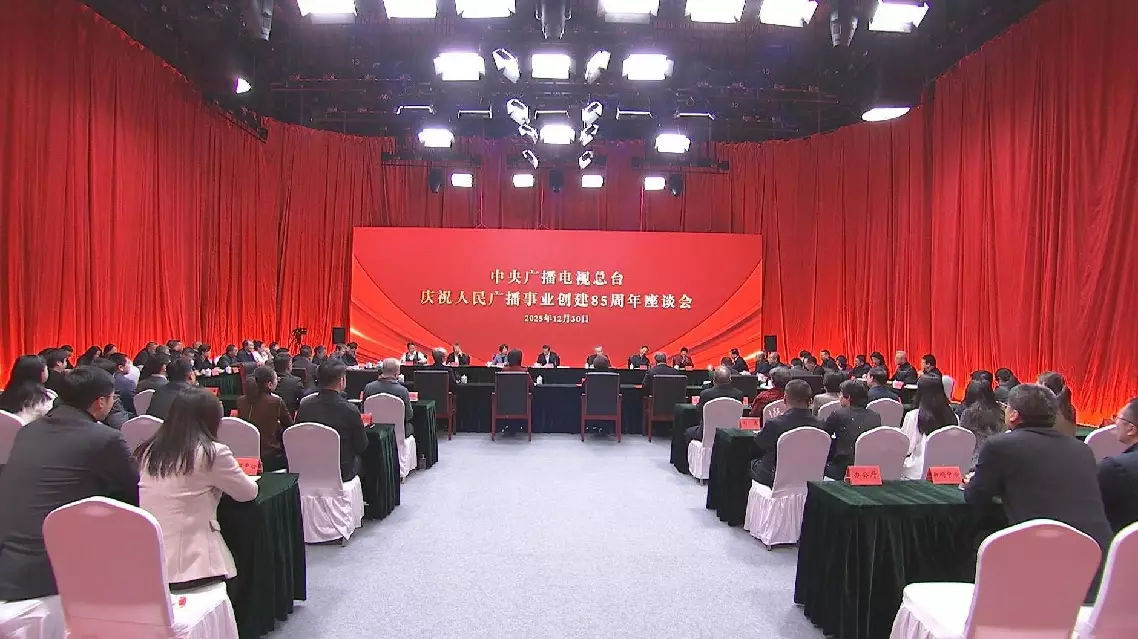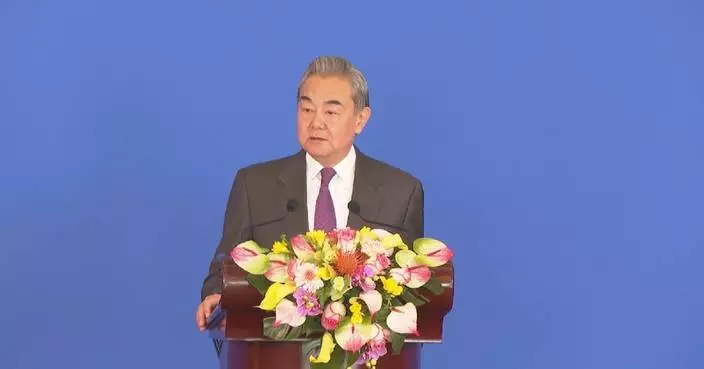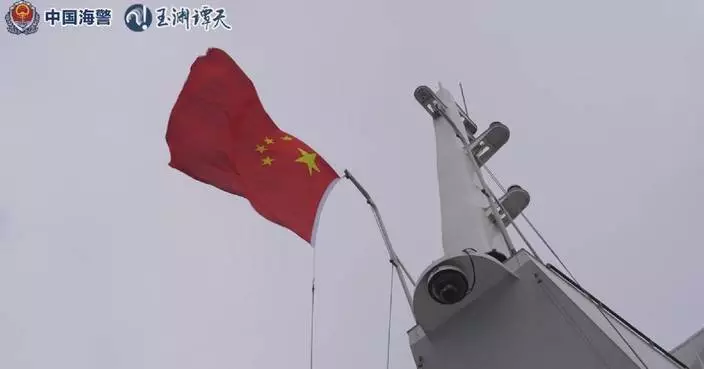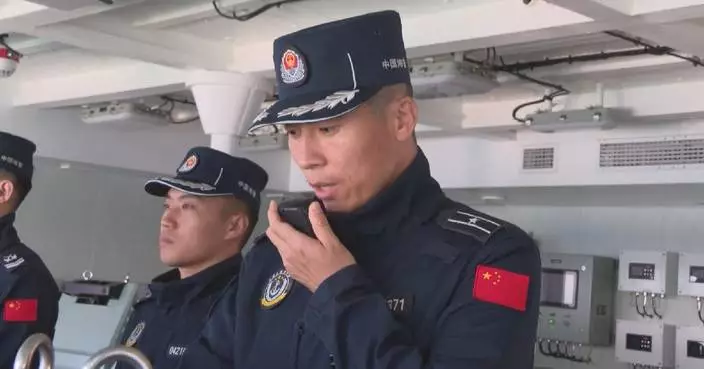Xizang Autonomous Region in southwest China has seen a resurgence in tourism this year, with both tourist trains and passengers bound to the region reaching a five-year high, according to official data.
As of early June, 20 special tourist trains had carried over 8,000 visitors to Xizang this year, according to the China Railway Qinghai-Xizang Group.
Since 2020, over 170 tourist trains have been arranged, carrying more than 50,700 passengers. Of these, 61 trains are inbound to Xizang, while 109 depart from the region.
One of them, running from Xining, the provincial capital of Qinghai in northwest China, to Nyingchi City of Xizang, has been particularly popular. Since its launch in March this year, 14 tourist trains have run on this line, attracting tourists from Beijing, Shanghai, Guangdong and Zhejiang, as well as international visitors.
The growing number of tourist trains is expected to bring a steady flow of visitors, injecting vitality into the economies of regions along the railway lines.

Xizang tourism rebounds with record number of tourist trains
China Media Group (CMG) held a symposium in Beijing on Tuesday to mark the 85th anniversary of the founding of the people's radio broadcasting.
Representatives of current and veteran radio hosts, scholars, and audience exchanged views on ways to promote cultural excellence and advance media integration.
The meeting noted that over the past 85 years, the people's radio broadcasting has developed in step with the nation and responded to public expectations.
China has accelerated high-quality development and innovation in radio broadcasting since the 18th National Congress of the Communist Party of China (CPC) in 2012.
In recent years, China has pursued reform and innovation in radio broadcasting within the integrated framework of CMG, which was established in 2018. The sector has achieved a historic leap, featuring enriched content, diversified channels, deepened media convergence, and stronger influence in public opinion.
China commenced the people's radio broadcasting 85 years ago as Yan'an Xinhua Radio Station started broadcasting on Dec 30, 1940. In September 1947, Yan'an Xinhua Radio Station launched its first English program. It moved to Beijing in March 1949 and became a national radio after the founding of the People's Republic of China.

CMG holds symposium to mark 85th anniversary of founding of people's radio broadcasting










